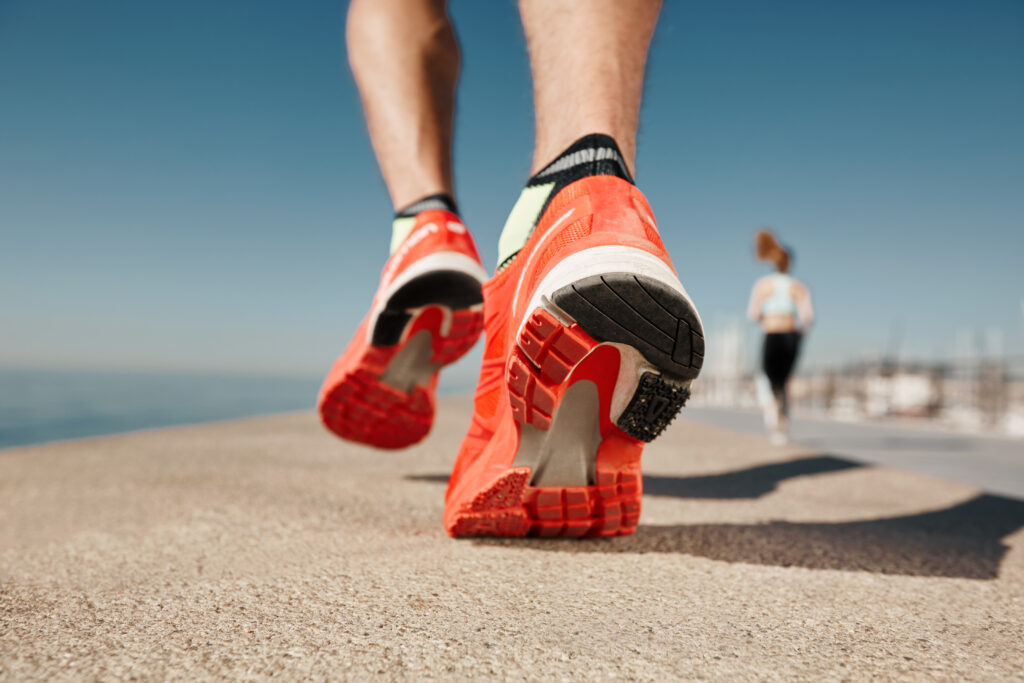
How to Choose the Best Running Shoes for You
Whether you’re a seasoned marathoner or just getting started with morning jogs, the right running shoes can make or break your performance—and your comfort. Choosing the best pair isn’t just about style or brand; it’s about support, fit, and function tailored to your unique stride.
Here’s a quick guide to help you make the right choice when shopping for your next pair.
1. Know Your Foot Type
Your foot shape impacts how you run and the type of support you need. There are three basic foot types:
- Neutral Arch: A balanced footprint, best suited for neutral running shoes.
- Low Arch (Flat Feet): Requires stability or motion control shoes to reduce overpronation.
- High Arch: Needs cushioned shoes to support shock absorption.
Tip: A simple wet footprint test at home can help you determine your arch type.
2. Understand Your Gait
Your gait—or how your foot hits the ground when running—affects wear and tear on both your body and shoes. Visit a local running store for a gait analysis, often done with a treadmill and video recording. This helps pinpoint whether you overpronate, underpronate, or have a neutral gait.
3. Prioritize Fit Over Fashion
A snug fit around the heel and midfoot, with about a thumb’s width of space in the toe box, is ideal. Your foot should feel supported but not squeezed. Running shoes typically run smaller than casual footwear, so trying before buying is key.
4. Match Shoes to Activity
All running shoes aren’t created equal. Choose according to your activity:
- Road Running: Lightweight, flexible shoes for pavement or track.
- Trail Running: Durable soles and extra grip for uneven terrain.
- Treadmill/Indoor: Breathable shoes with moderate cushioning.
Pros & Cons of Modern Running Shoes
Pros:
- Advanced cushioning for reduced joint stress
- Lightweight materials improve speed and comfort
- Specialized designs for various terrains and running styles
- Improved durability with newer tech
Cons:
- Premium shoes can be pricey
- Too much cushioning may reduce ground feel
- Frequent updates can make it hard to stick with a favorite model
- Not one-size-fits-all – it may take time to find your perfect pair
Final Thoughts
Choosing the right running shoes is a personal journey. What works for your friend or favorite athlete might not work for you. Focus on fit, support, and purpose over hype or appearance. Take time to try different models and, if possible, consult experts in-store. Investing in the right shoes now can save you from injury and elevate your running experience in the long run.
Remember: The best shoe isn’t the most expensive or the most popular—it’s the one that helps you run happy and pain-free.

